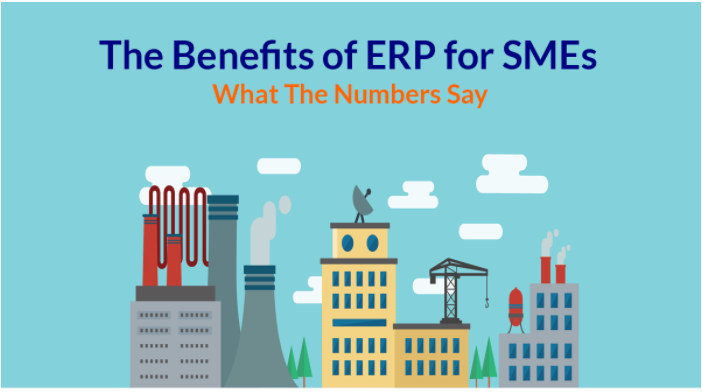
There’s never been any doubt about how much almost any business can benefit from an ERP (Enterprise Resource Planning) system in their business. For the uninitiated, an ERP system is a software program with integrated modules to control different aspects of your business. So if you have a sales team then your ERP will have a built-in CRM. Since you are making sales, you will need an accounting module, and so on. ERP works well because it is customizable and scalable to your type of business.
Businesses that implement an Enterprise Resource PlanningERP system enjoy benefits like:
Accurate Sales Forecasting: No more guessing at the numbers. The CRM module will track sales progress and the accounting module knows your accounts receivable.
Inventory Control: You can tell at a moment’s notice how much stock is available, and whether you need to take any actions. This also means your sales team has accurate information to meet client expectations.
Read>> 5 Ways Enterprise Resource Planning (ERP) Can Deliver Return On Investment (ROI)
Improved IT: Running multiple programs across every division of your company is tough on the IT staff and not an efficient use of their time. IT staff spend too much time addressing problems, and not enough time delivering proactive IT solutions. ERP reverses that dynamic immediately.
So if ERP is so great, why isn’t every company director racing to call a local ERP company? The answer lies in the cost and complexity of an effective ERP implementation. It’s very difficult to measure the ROI on ERP. And the CEO needs to know there is going to be a quick payback in order to sign off on an expensive ERP system.
The infographic below shows the degree to which companies see their expected improvements in just 9 months. The positive results indicate that a meaningful ROI can be seen quickly enough to justify an Enterprise Resource Planning (ERP) investment.

Infographic provided courtesy of Notable





